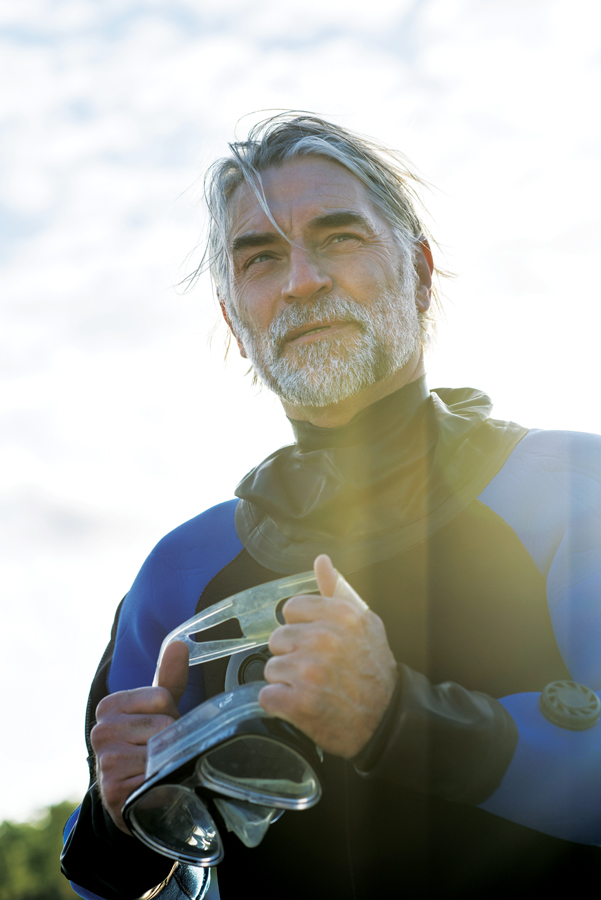Chapter 20 Introduction
Adulthood: Biosocial Development
- Senescence
- The Experience of Aging
- The Aging Brain
- Outward Appearance
- Sense Organs
- The Sexual-Reproductive System
- Contraception
- Sexual Responsiveness
- Fertility
- Menopause
- Health Habits and Age
- Drug Abuse
- Nutrition
- Inactivity
- A VIEW FROM SCIENCE: A Habit Is Hard to Break
- Measuring Health
- Mortality
- Morbidity
- Disability
- Vitality
- Correlating Income and Health
574

575
WHAT WILL YOU KNOW?
- When does a person start to show his or her age?
By age 30, the skin is thinner and less flexible. By age 40, age spots, tiny blood vessels, and other imperfections appear. By age 60, all faces have aged significantly. Hair usually becomes gray and thinner, beginning by age 40. The body changes shape between ages 25 and 65. A “middle-
aged spread” increases waist circumference; all the muscles weaken; pockets of fat settle on the abdomen, the upper arms, the buttocks, and the chin; people stoop slightly when they stand. - Which of the senses declines before age 65?
All the senses become less acute with each decade of adulthood.
- Should a woman bear children before age 30, 40, or 50?
From a biological perspective, women should try to conceive before age 25. If North American couples in their 40s try to conceive, about half fail and the other half risk various complications.
- How can a person be vitally healthy and severely disabled?
Disability does not necessarily equal morbidity: In the United States, of the adults who are disabled, only 30 percent consider their health fair or poor.
Jenny was in her early 30s, a star student in my human development class. She told told us all that she was divorced, raising her 7-
A year later, Jenny came to my office to speak privately. She was about to graduate with honors and had found a job that would enable her family to leave their dangerous neighborhood. She sought my advice because she was four weeks pregnant. The father, Billy, was a married man who told her he would not leave his wife but would pay for an abortion. She loved him and feared he might end their relationship if she did not terminate the pregnancy.
I did not advise her, but I listened intently. Her son had a speech impediment; she thought she was too old to have another infant; she was a carrier for sickle-
After a long conversation, Jenny thanked me profusely—
“I’ll have the baby,” she said. “Men come and go, but children are always with you.” I had thought her narrative was leading to another conclusion, but I realized she was planning her life, not mine. We all make choices about our bodies and our futures.
Despite feeling “too old” to have another baby, Jenny was relatively young. Nonetheless, she was a typical adult in many ways. Wondering about bearing and rearing children is common among adults, as are worries about genes, health, and aging.
This chapter explains the choices people make about all that. We begin with physiological changes in strength, appearance, and body functioning. Many people are concerned about some aspects of vision, hearing, and disease that occur long before they are senior citizens. Then we explain issues of sex, health habits, and medical care. At the end of this chapter, you will read how Jenny’s adulthood unfolded after she left my office.
576